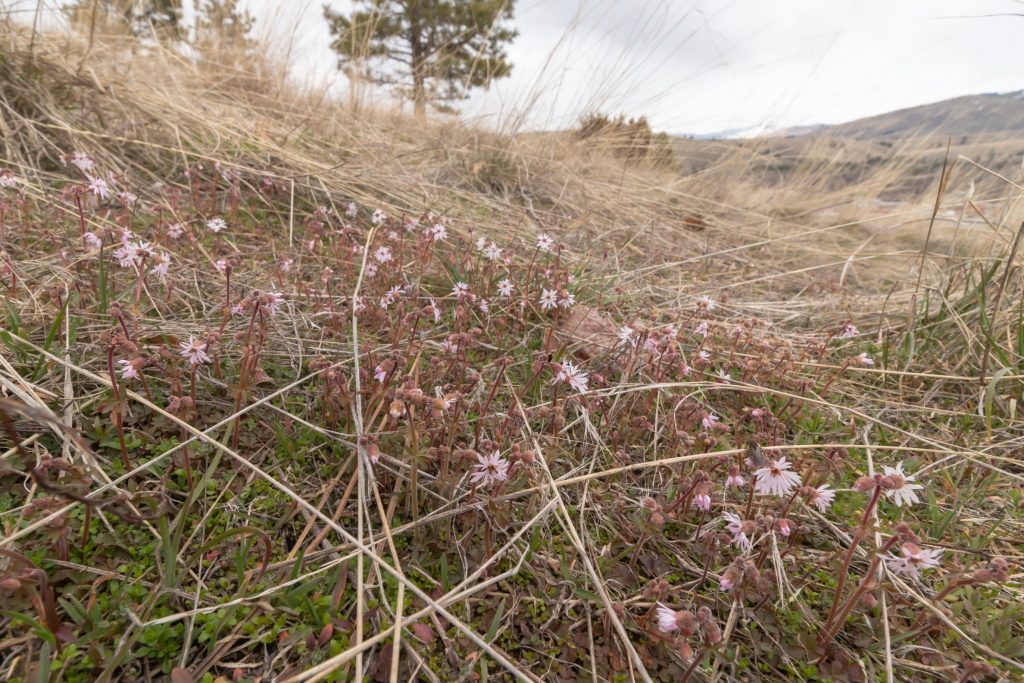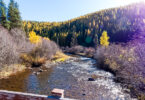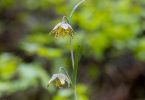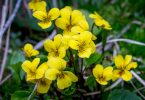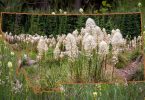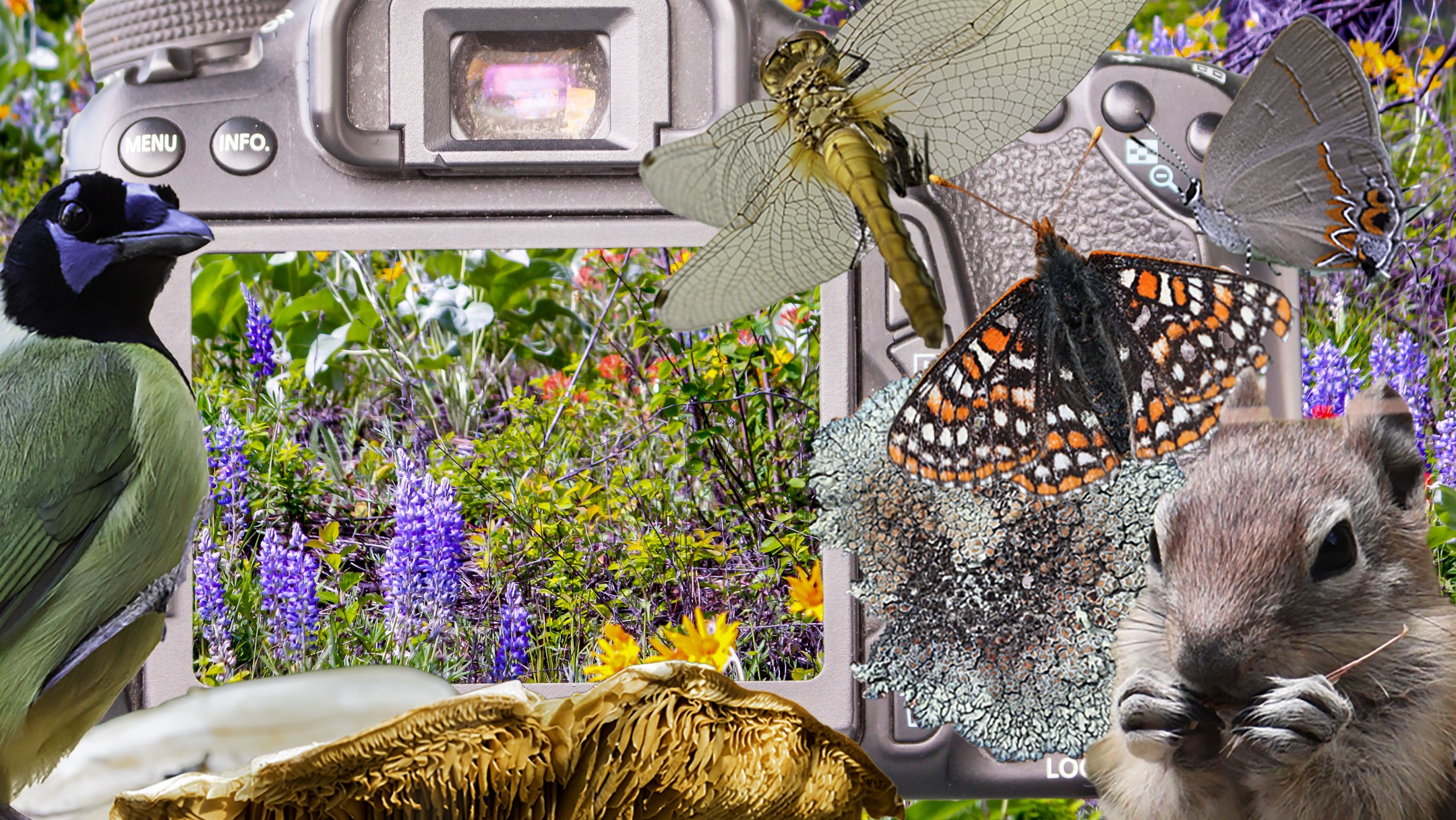Bulbous Woodland-star (Lithophragma glabrum) is the earliest to bloom of the three similar species for this genus found in the Pacific Northwest (Burke Museum).

Taxonomy
- Family: Saxifragaceae
- Genera: 33 worldwide
- Species: ~640
- Distribution: mostly restricted to the Northern Hemisphere
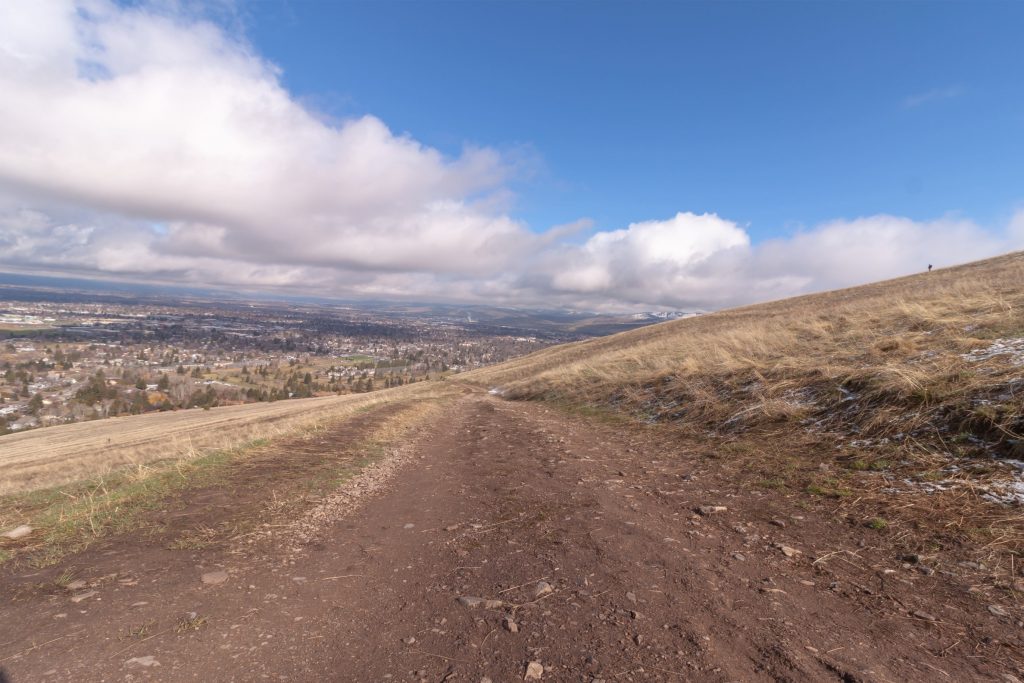
I searched the slopes of Mt. Sentinel the other day in hopes of finding this plant or other wildflowers in bloom. Preferred habitat is meadow, grassland and open forest. As you can see from the photo above I reached the snowline from a front that passed through during the night. Conditions have been cool and continue to be so. Best chances for finding early plants is to target ground that lost snow cover the earliest: southeast facing slopes. Even with the best of strategies, I only found about a dozen Sagebrush Buttercup, three Yellowbells and about five Bulbous Woodland-star in flower.
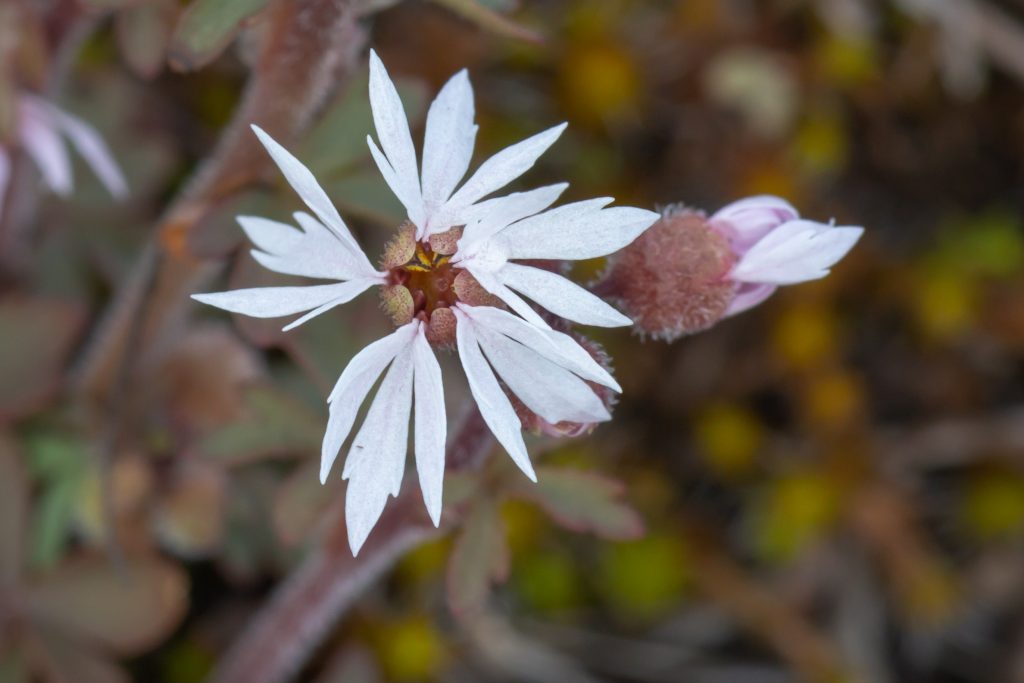
How to Identify
- Note the five sharply pointed lobes as one field mark to distinguish this plant.
- Second field mark is the shape of the calyx, in this case it is cup-like. BTW, the calyx is simply the fused sepals (usually green, leaf-like structures directly below flower petals).
- The leaves, mostly basal, have sparse hairs on them.
- Bulblets are found on the roots and in the axils of the stem leaves. They can propagate a new plant when and if they contact the ground.
- The plant has red stems that are 4 – 8 inches tall.
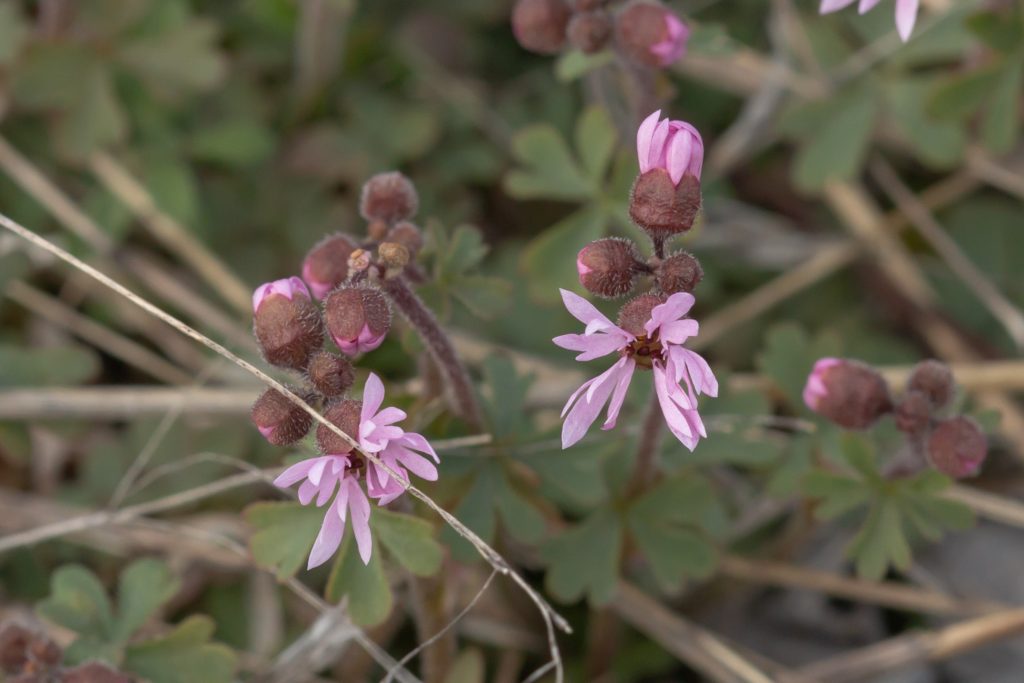
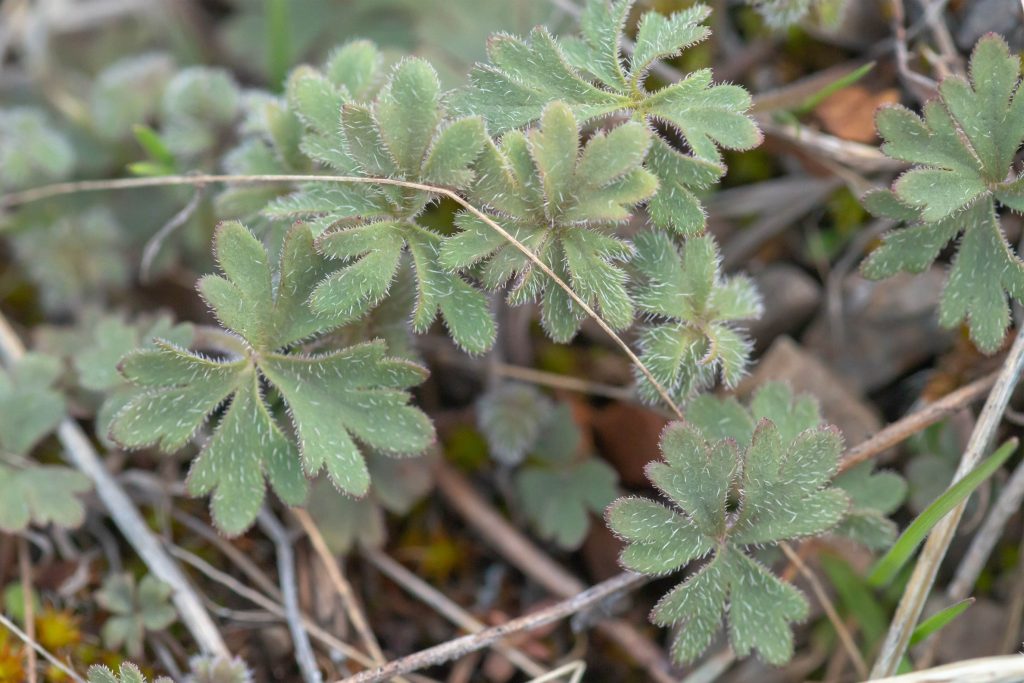
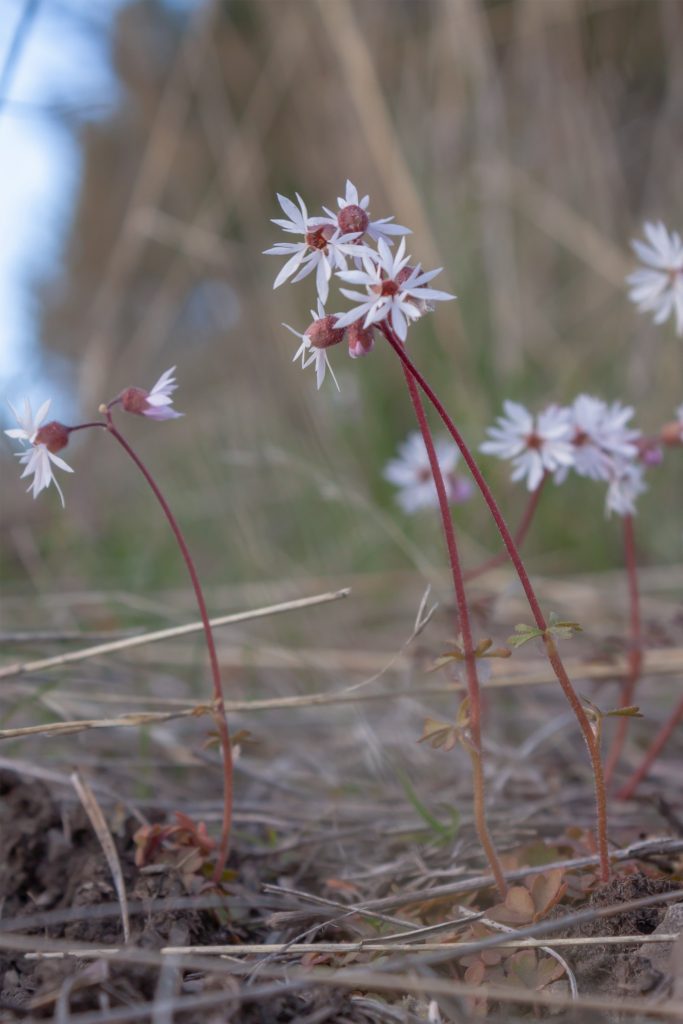
At times this plant can form nice carpets of color and pattern on the landscape.
